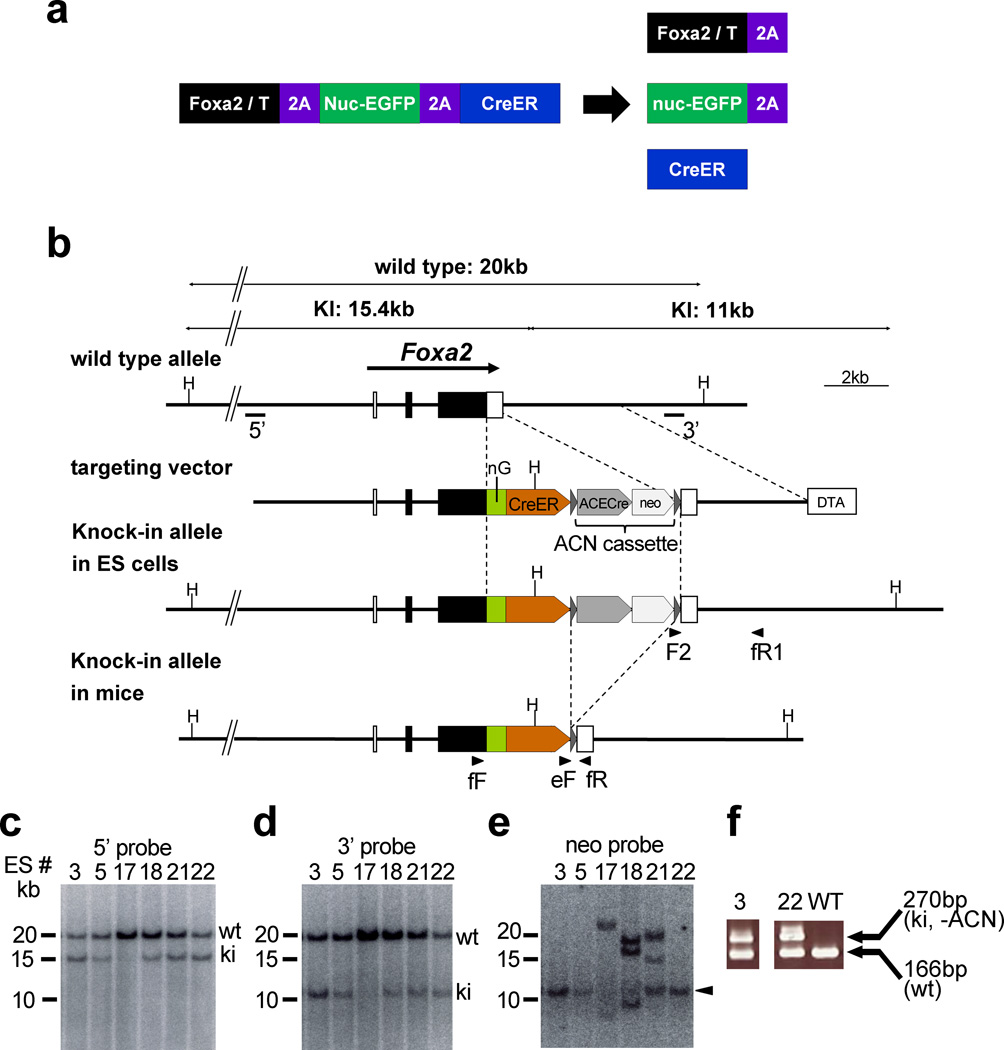Figure 1. Production of the Foxa2nEGFP-CreERT2/+ mouse.
(a) Strategy for production of three proteins from a single transcript. 2A-peptide-containing proteins are self-cleaved within of the 2A peptide. Therefore, the modified Foxa2 (or T)-locus, which has a single coding sequence for a FOXA2 (or T)-2A-nuclear EGFP-2A-CreERT2 protein, will produce three proteins: FOXA2 (or T)-2A, nuclear EGFP-2A, and CreERT2.
(b) Targeting strategy. The Foxa2nEGFP-CreERT2 allele was generated by homologous recombination in ES cells. Exons are indicated by filled and open boxes, and coding regions by filled boxes. Triangles represent loxP sites. 5’ and 3’ indicate the approximate positions of 5’ and 3’ probes, respectively, for Southern hybridization. Abbreviations: H, Hind III; nEGFP, ERAV 2A peptide followed by nuclear (histone H2B) EGFP; CreER, TaV 2A peptide followed by CreERT2; ACE-Cre, a cassette carrying the testis-specific ACE promoter-Cre-poly A signal; neo, an expression cassette for the neomycin-resistance gene; DT-A, MC1-DT-A-poly A signal cassette. The ACN cassette consists of tACE-Cre and neo cassettes flanked by loxP sites, and this cassette is removed in the mouse testis during germline transmission. Arrowheads indicate the approximate positions of PCR primers. F2, SVloxP-3’-F2; fR1, Foxa2-PC-3’-R1; fF, Foxa2 genotype F; eF, ERT2 genotype F; fR, Foxa2 genotype R.
(c–e) Southern blot analysis of homologous recombination in ES cells. Hind III-digested ES cell genomes were separated on a 0.3% agarose gel and blotted to nylon membranes. Hybridization with the 5’ probe (c) and 3’ probe (d) produced two bands that corresponded to the predicted lengths of the wild-type (wt) and knock-in (ki) alleles. Hybridization with the internal (neo) probe (e) gave a single band (arrowhead) corresponding to the knock-in allele.
(f) Genotype determination of Foxa2nEGFP-CreERT2/+ mice by PCR. Note that the ACN cassette was removed in knock-in mice #3 and #22

